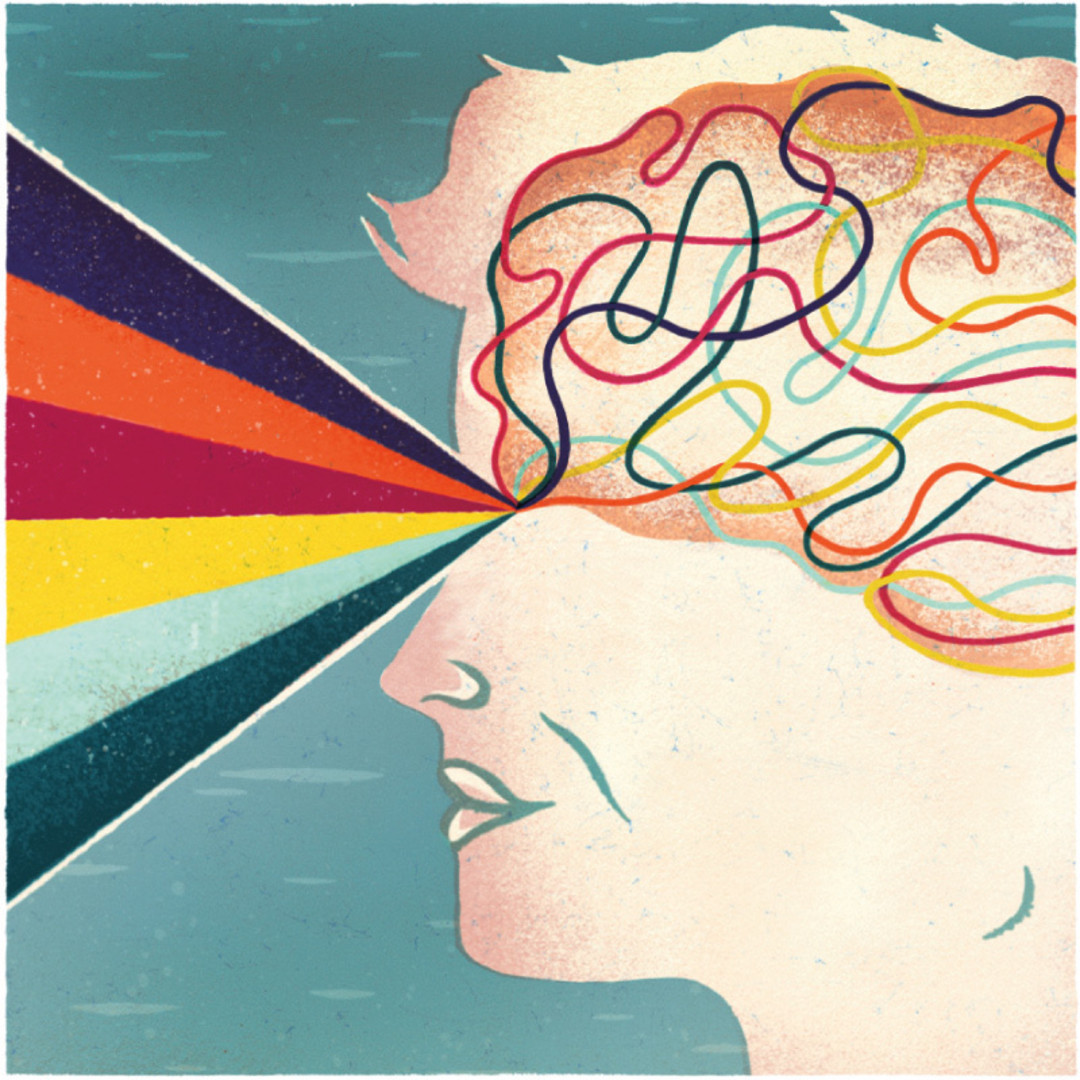The Autism Schism

Image: Adam Hancher
Meet Arthur: five-foot-nine, 14 years old, brilliant blue eyes, shock of fierce auburn hair. “He’s got facial hair!” his mother Katrina Davis beams, every inch the proud mom. Adolescence has also wrought more vivid changes. “Arthur kind of lives out loud anyway,” she smiles ruefully. “But recently we were in a quiet restaurant with his older sister and he shouted, ‘Girls have boobs!’ ” It mortified his sister, even as she knew he didn’t mean to say it.
On the autism spectrum Arthur checks in at moderate to severe; a two-year-old in a 14-year-old’s body. He throws tantrums. Throws things, sometimes chairs. He has broken windows, bolted into traffic. In her job as a family advocate at Seattle Children’s Autism Center, Davis sees more extreme cases than Arthur’s every day. She also sees milder ones: high-functioning kids whose autism used to be diagnosed as Asperger’s syndrome—a catalog of intensities that might include laserlike focus or awkward social behavior. Super high achievers have sometimes been armchair diagnosed with
Asperger’s—Albert Einstein, Bill Gates—which has lent it a savantlike cachet.
It’s called “the spectrum” for a reason.
So when Davis saw the bus ads Seattle Children’s Research Institute ran in July—a photo of a child with the words, “Let’s wipe out cancer, diabetes, and autism in his lifetime”—she was taken aback. A lot of people were. Right around the time Arthur was born, so was a new global movement championing a concept known as neurodiversity: the belief that neurological differences such as autism should be recognized as natural human variations, like gender or ethnicity—not as pathological conditions. Neurodiversity advocates began to organize, educating “neurotypicals” by uniting into groups such as the Autistic Self Advocacy Network (ASAN).
The Seattle bus ad instantly became a flash point. Lumping autism in with diseases in need of cures? Unlike cancer or other disease, autism goes to a person’s essence, frames his very nature. Many at the local chapter of ASAN saw the ad as an affront to their identities.
Davis’s problem with the ad her employer ran was different.
When Arthur was diagnosed at age two, she went down hard. Depression, grief, an immediate financial hit—together it formed the tip of an iceberg which a few years later would also include divorce. The first thing she did was Google autism—something she now counsels families not to do—and landed at Wrong Planet, a website for individuals with Asperger’s and other neurological differences. “You’re perfect, just on the wrong planet; neurotypicals don’t understand you, you’re fine,” was the message she picked up from it. Yet every time she looked at her son, there he was in all his complex, unconventional beauty: a boy with a profound developmental disability.
“My son’s autism is not a superpower,” Davis declares. “His autism is not a quirk that I anticipate the world will accept and embrace with a little education about neurodiversity.” She thinks about the Safeway staff who cleaned up eight smashed watermelons. The parent who gave Davis “the hairy eyeball” when Arthur ate her child’s hamburger off the boy’s plate. The therapist with the dislocated shoulder.
She keeps a stack of cards in her wallet to give out when Arthur behaves like the neurologically disabled kid he is. “My son has autism,” they read. “He may have done something to upset you today. My son is a smart, affectionate, and sweet boy, who would apologize if he could. Please accept my apology, and keep in mind that parents like me are working hard to help our children become more aware of the world around them.” The cards reflect Davis’s deep appreciation of Arthur’s uniqueness, yes—along with her clear-eyed understanding that its consequences can be destructive.
That’s a fine-point distinction no bus ad can make. So Davis, as Arthur’s mother, accepts it as her job. A proud employee of Seattle Children’s, she still thinks a better campaign would’ve helped the public to learn more about autism. Seattle Children’s Hospital got it, responding immediately with an apology and a removal of the ads.
As diagnoses of autism soar—in 2002 a federal study put the number at one child in 150, a few years later at one in 110, just last spring at one in 50—granular understanding of autism becomes even more critical. At this rate it’s reasonable to wonder if, by the year 2020, everyone will be diagnosed with it. This spring’s latest revision of the psychiatric diagnostic standard, the DSM-5, threw out all of autism’s subdiagnoses—including Asperger’s—in favor of a single symptom-driven continuum called simply the Autism Spectrum Disorder.
Now we’re talking. Because all along that spectrum, amid the billionaire tech geniuses and the enigmatics who barely speak, are individuals whose needs are best served when we recognize the precise places where their uniqueness limits them. Individuals like Arthur—a complicated kid who has to work a lot harder than most just to get through an ordinary day, who is currently obsessed with vintage toys, and who delights in a sunbeam.
Published: October 2013




